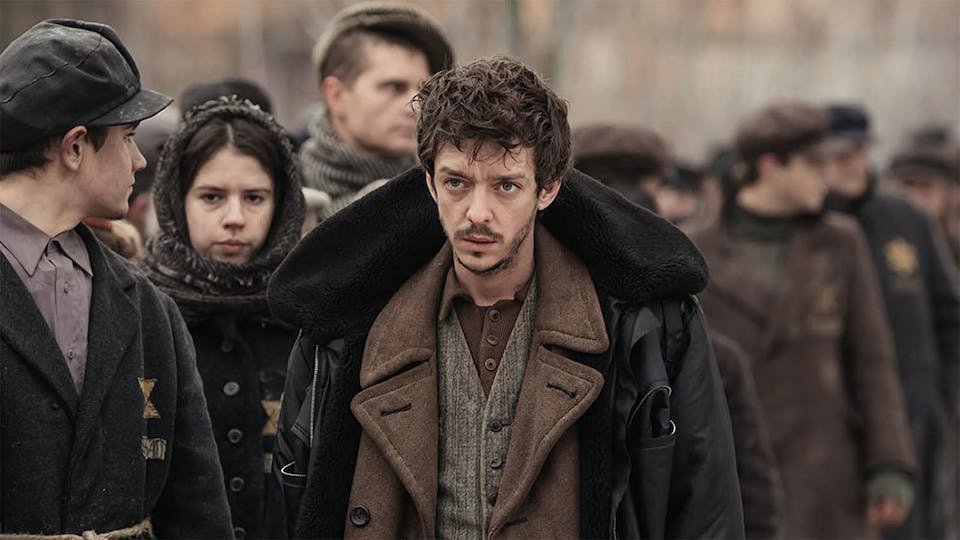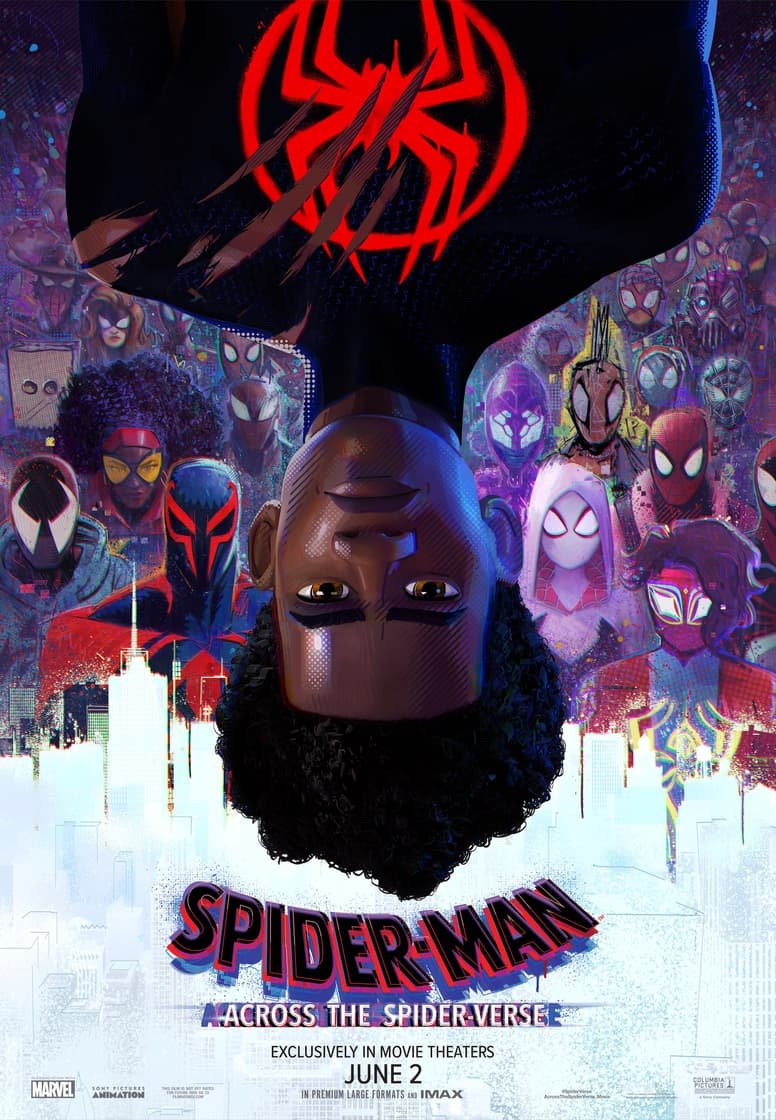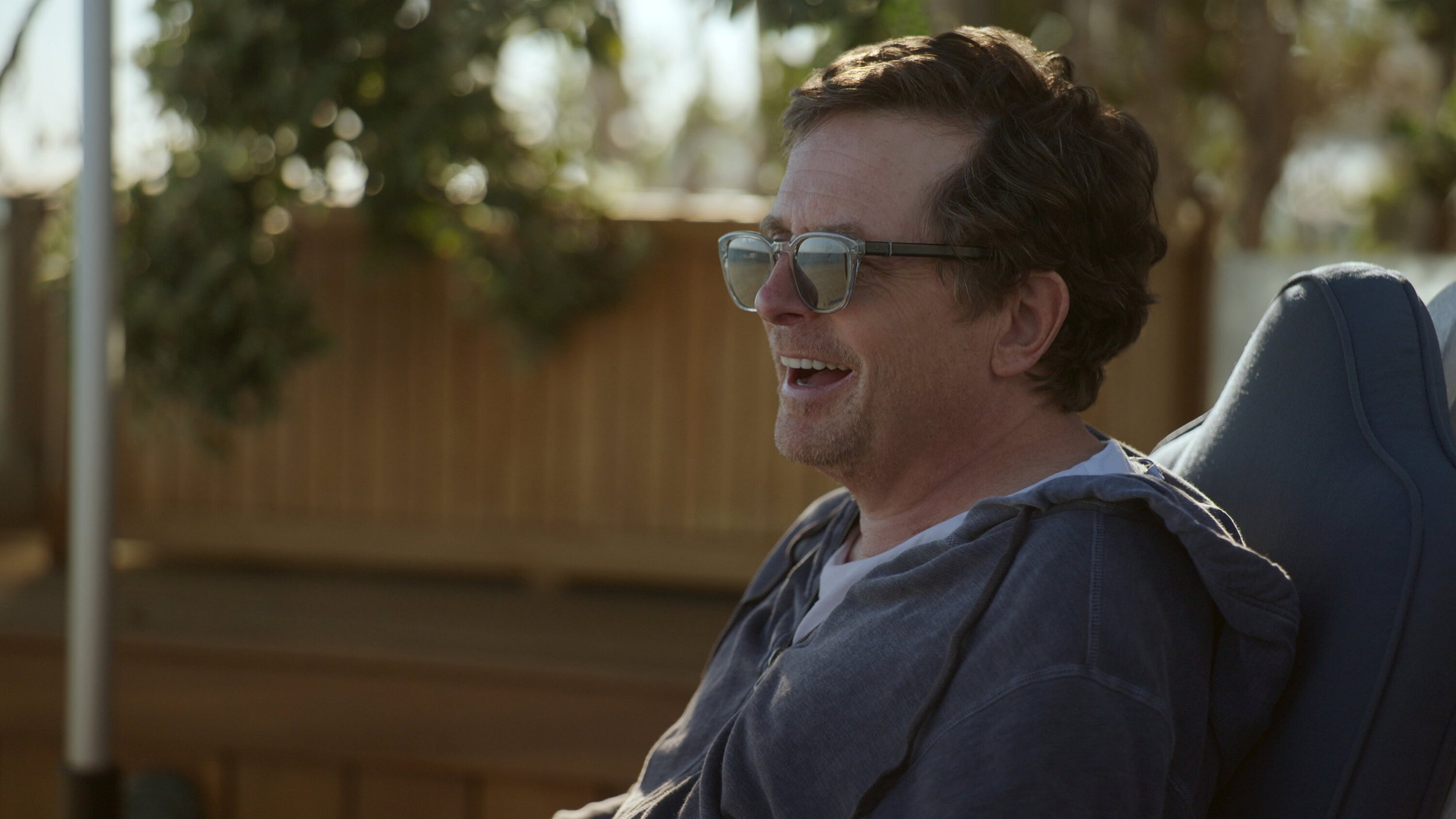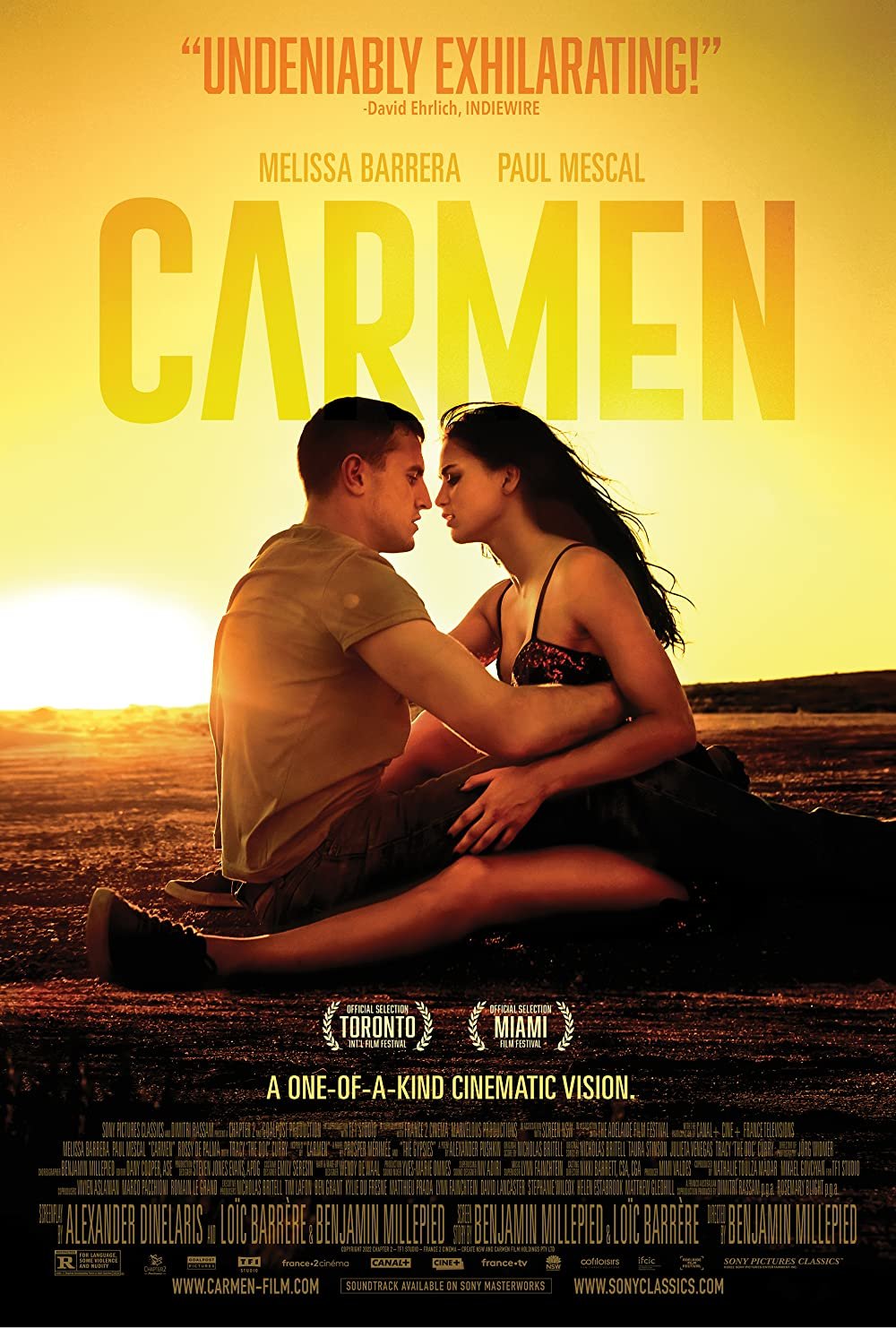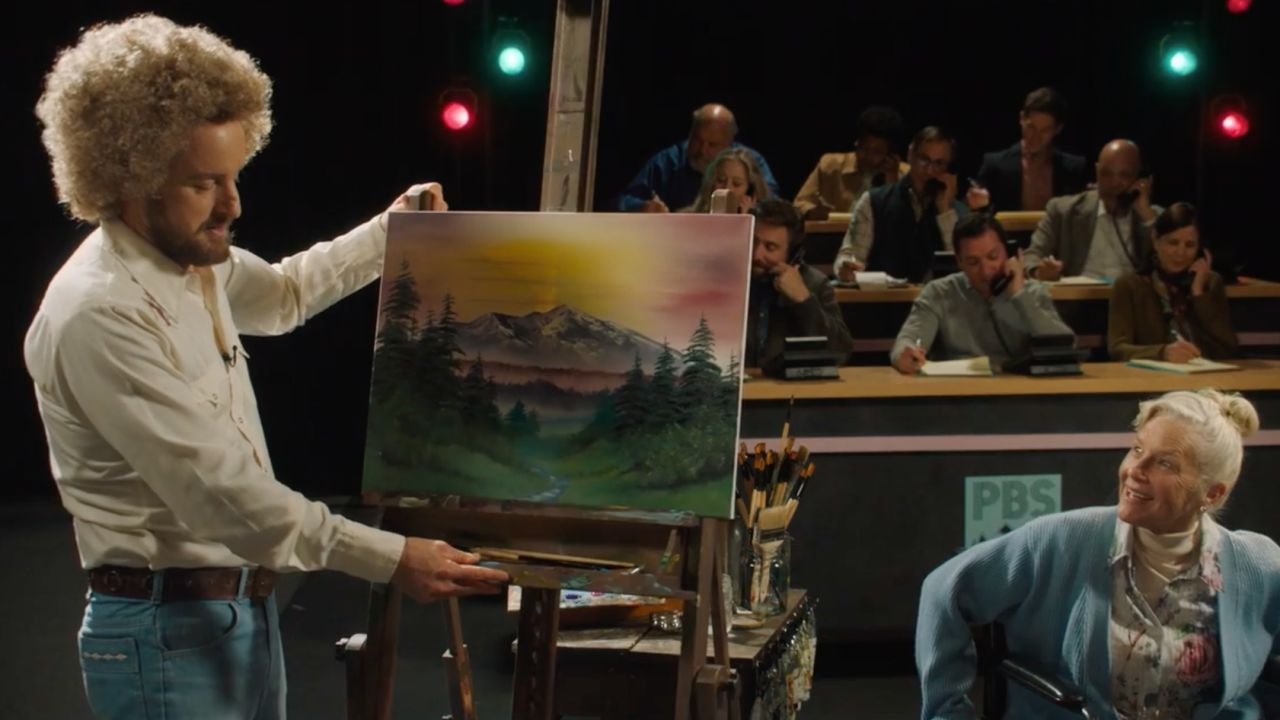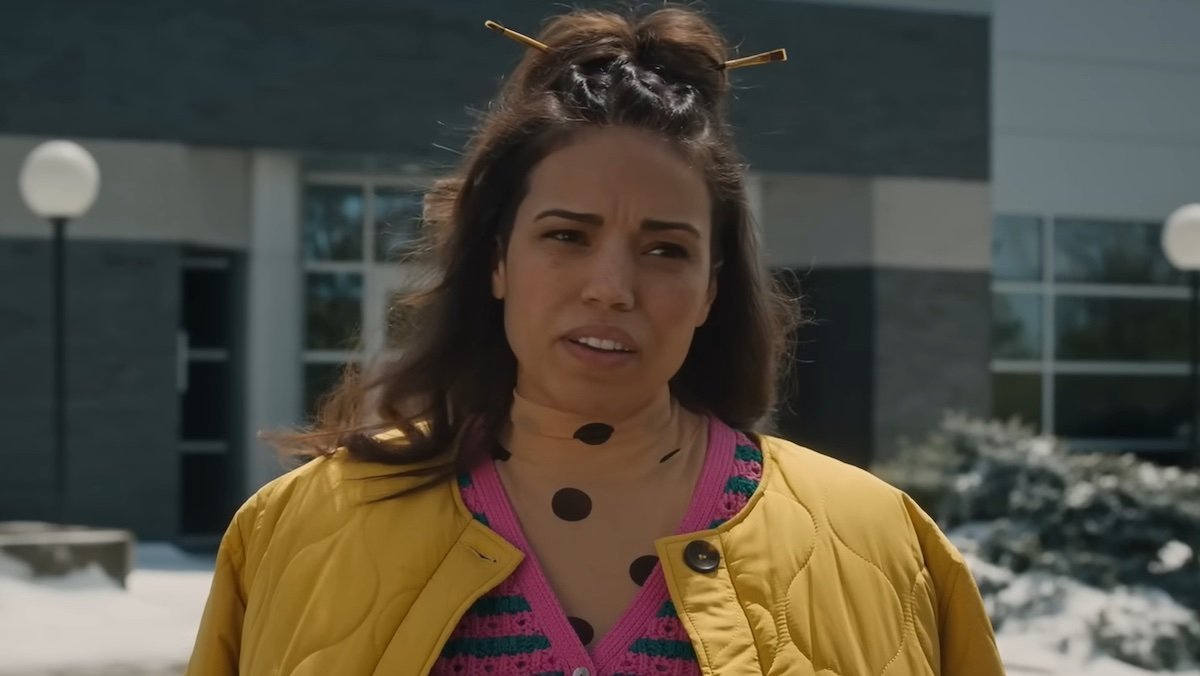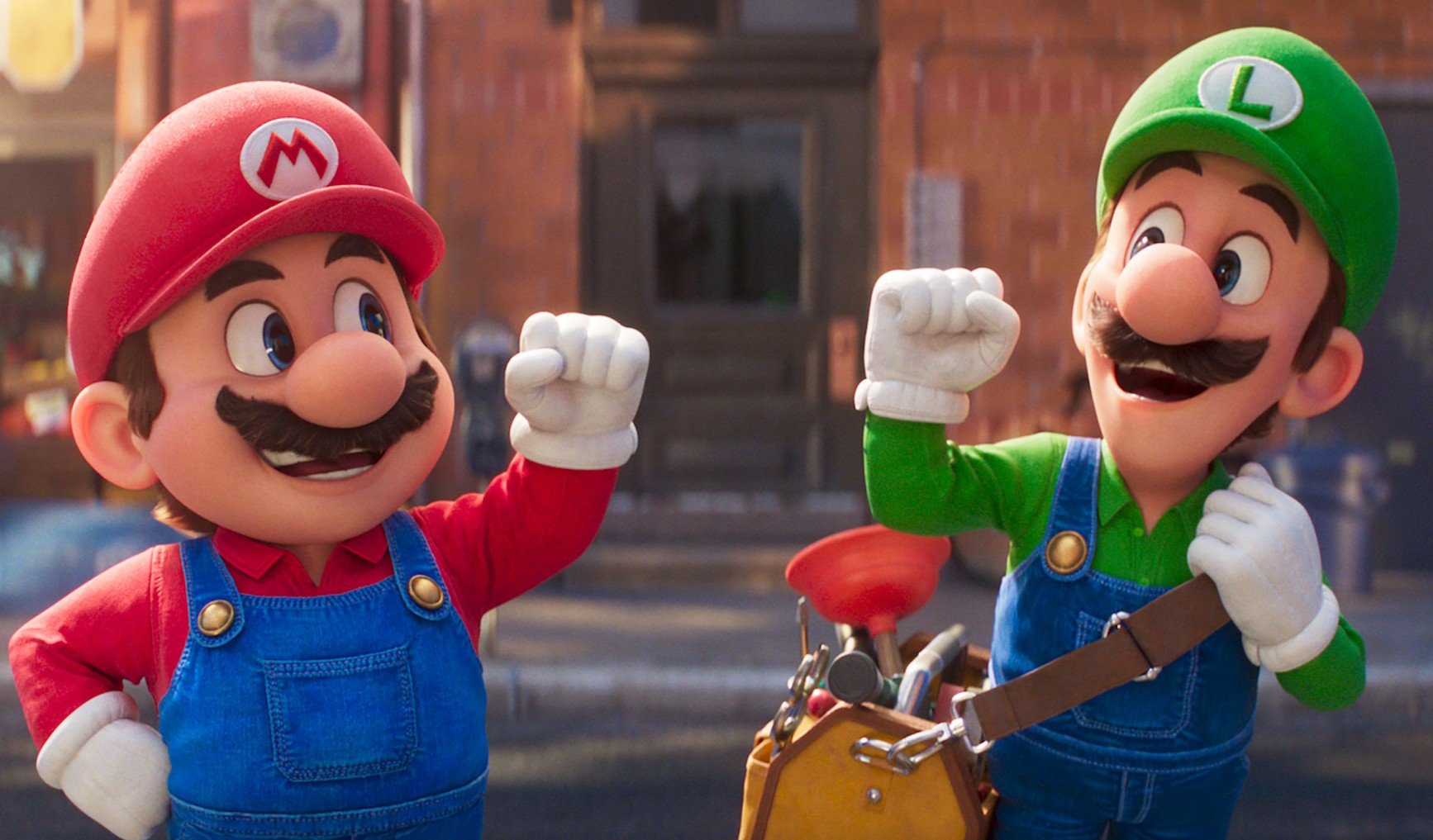Director: Gene Stupnitsky
Writers: Gene Stupnitsky and John Phillips
Starring: Jennifer Lawrence and Andrew Barth Feldman
She may not have a car, but she can drive you crazy
With her life in shambles, Maddie Barker (Jennifer Lawrence) needs a quick fix for her carless status. No Car = No Money. As an Uber Driver for summer vacationers, Maddie needs the job to pay off the taxes on her late mother’s (now her) home.
On the other side of the wealth scale are Mr. and Mrs. Becker. These helicopter parents are willing to give away their old car in exchange for a woman’s ability to teach their son the ways of the world. Of course, the son in question, nineteen-year-old Percy Becker (Andrew Barth Feldman) will not make this easy, even though he’s unaware of the curated dating scheme that Mr. and Mrs. Becker have planned with Maddie.
While Percy’s choice to wear a formal blazer and tie… with shorts… will surely have every audience member full-out belly laughing; especially as Percy and Maddie continue to clash on screen like never before seen. Director Gene Stupnitsky kept this 1-hour and 43-minute film moving from scene to scene with R-rated comedy content that will make you gasp. From outfits to awkward close-ups of Maddie attempting to get close to Percy, Stupnitsky keeps humor alive in the visual intensity of a small, two-person, focal point.
Helping with the visual intensity are Jennifer Lawrence and Andrew Barth Feldman, who both dominate the screen, with or without clothes on. They grapple with the romantic, platonic, and familial ideologies that audiences are pleased to find in many current films. In ‘No Hard Feelings’ the romance is silly, and the platonic relationships develop over time, but the familial issues and personal worries are offputting from the rest of the film because of their realism.
The big shifts from funny to serious are just that, big. While enjoyable and filled with comedy gold, the film does take a turn when adding in the personal struggles that both Maddie and Percy separately face. At times, it felt that there could have been more content or dialogue added to the issues that the characters faced. However, audience members are still given plenty of time to digest the heartfelt matters of family dynamics in-between laugh-out-loud scenes.
Within the plot, it is hard to agree with some of the decisions that Maddie makes throughout the film. Whether her decisions are fake-dating a nineteen-year-old or speeding away from a police officer, Maddie is bold and eye-catching with a lot of secrets beneath the surface.
In truth, Maddie may not be written as the most ‘loveable’ character, but viewers may come to love her final decisions.
Plot: ★★★☆☆ 3/5
Cinematography: ★★★★☆ 4/5
Character Arc(s): ★★★☆☆ 3/5




